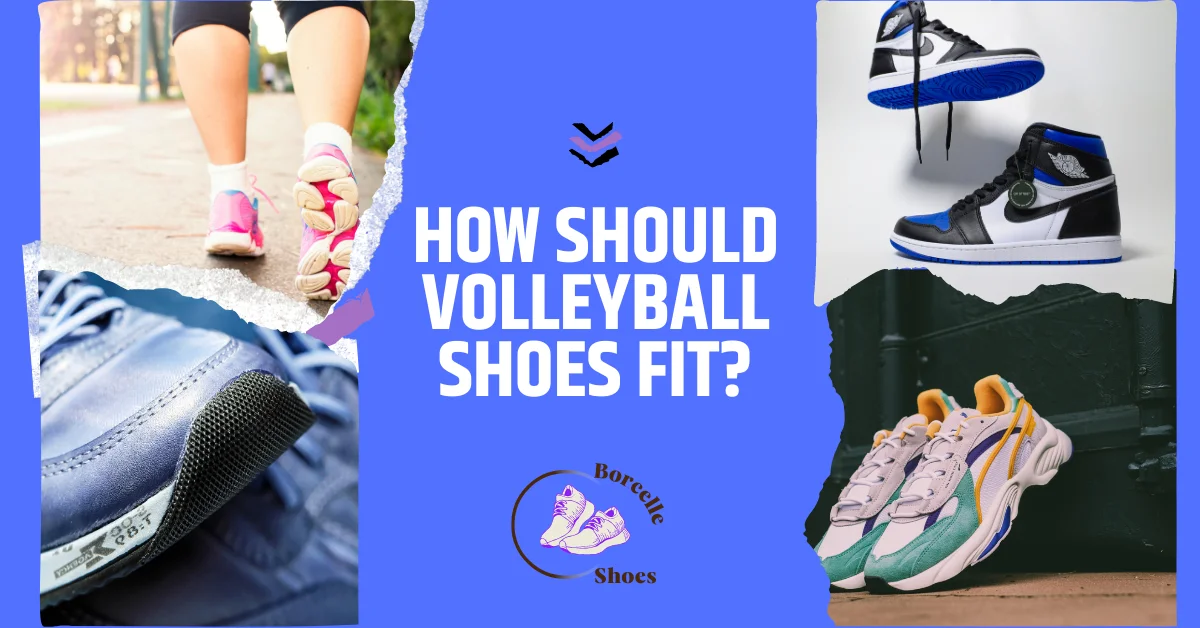How should volleyball shoes fit? Players Recommendations
Properly fitting volleyball shoes are essential for performance, comfort, and injury prevention on the court. Whether you’re a professional athlete or a casual player, wearing the right shoes can make a significant difference in your overall game. As a volleyball player, do you understand how volleyball shoes fit?
| Fit Aspect | Best Way |
|---|---|
| Length | Shoes should provide a snug fit without your toes touching the front, allowing about a thumbnail’s space between your longest toe and the shoe. |
| Width | Opt for shoes that match your foot’s width, with no pressure points or squeezing. Volleyball shoes often come in standard and wide widths. |
| Heel Fit | Your heel should be comfortably secured with no slippage. A padded heel collar can help ensure a snug fit. |
| Arch Support | Look for shoes with proper arch support that matches your foot arch type (high, normal, or low). |
| Ankle Support | Choose shoes with adequate ankle support, especially if you have a history of ankle injuries. |
| Cushioning | Ensure there is sufficient cushioning in the midsole to absorb impact and provide comfort during games. |
| Traction | Check for a non-slip outsole that provides good traction on the volleyball court surface. |
| Toe Box | The toe box should have enough room for natural movement and to prevent toenail injuries. |
Remember that the best way to ensure a proper fit is to try on volleyball shoes in-store or follow the manufacturer’s sizing guidelines when shopping online.

